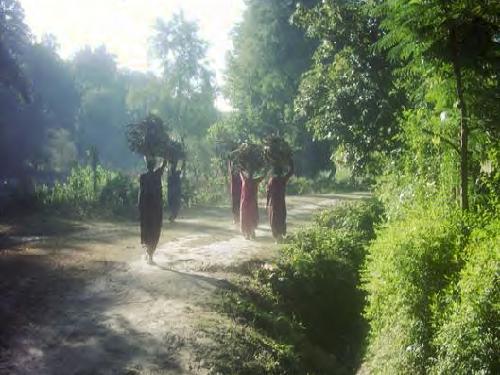Damodar Gaire
Other projects
This research is an effort to provide empirical evidences that community-based biodiversity conservation practices contribute to rural livelihood improvements and vice versa.

Royal Bardia National Park (968 km²) is one of the well reputed parks for its unique biodiversity. The 327 km² area around the periphery of Royal Bardia National Park that extend in 17 Village Development Committees (VDCs) of Banke, Bardia, and Surkhet districts has been declared as Buffer Zone.
The general objective of this study is to assess the accumulated contribution of the buffer zone program on conservation practices and in improving local livelihoods in the buffer zone of Royal Bardia National Park, Nepal.
The specific objectives of this study are:
- To assess the impacts of buffer zone programme on rural livelihoods (capitals, vulnerability (wildlife), policy, institution, process) of local communities (men, women, and poor, rich, dalit);
- To assess the biodiversity conservation practices adopted by local communities after the buffer zone programme
- To recommend better mechanism for reducing the poorest of the poor people